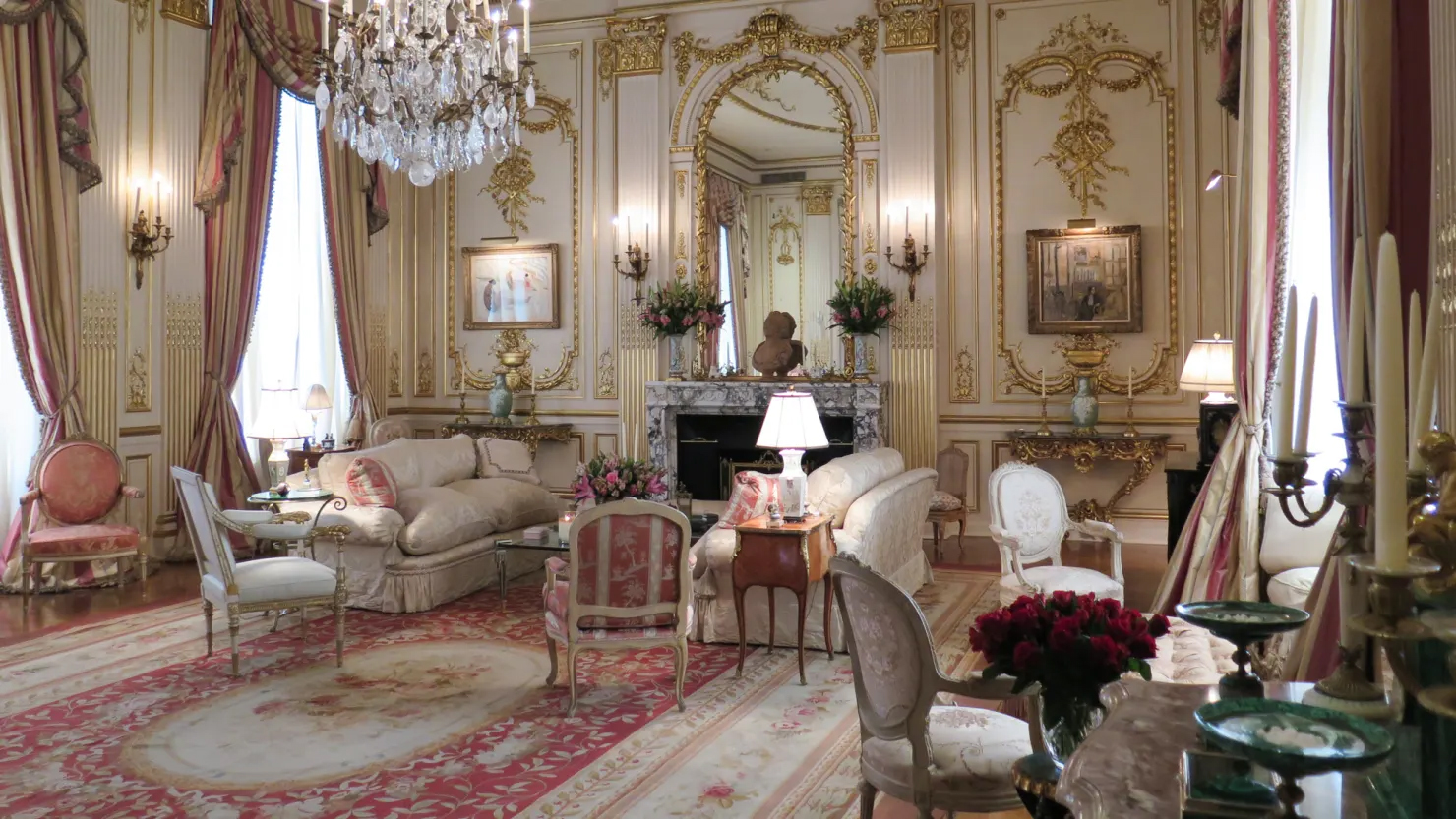For years, one of the world’s most iconic and historic department stores sat empty along the banks of the Seine in Paris; an imposing ghostly shell of former retail splendour, a giant sleeping elephant in the room occupying prime real estate in the heart of the city.
When I heard that renovation works were finally set to begin again after numerous false starts and lengthy delays I was pleased. It was a beautiful building that deserved ressurection.

The Art Nouveau Splendor Palace.
I remember shopping at the Samaritaine before it closed. It had grown old and dingy even then, but it did have everything and anything. I think I was looking for fabric or something. When I learned the icon of Parisian shopping was closing it confirmed the sad state of trying to run a business under the current bureaucratic nightmare of a government in France. I was pleased to learn it was reopening under the umbrella of the fashion giant LVMH, spearheaded by French billionaire Bernard Arnault. (He owns most of the fashion houses in Europe now, including Dior, Louis Vuitton, Celine and too many to list). At least Arnault knows how to operate under the system that’s bleeding the country dry and still make money.

Mon. Arnault
The origins of La Samaritaine is another rags to riches story. The founder Ernest Cognacq, started out his career selling ties under a red umbrella on the Pont Neuf, until 1869, when he heard about a space for let in a petite room next to a café he frequented on the nearby Rue de la Monnaie. He took the offer, opened a small clothing boutique and recruited his wife as his first employee, who had been working as a saleswoman in the confectionary aisles at Le Bon Marché. I wonder if the couple knew then that the famous department store where she left her job would come to be their greatest competitor.

By the dawn of the twentieth century, just thirty years on from Cognacq’s humble beginnings as a smalltime tradesman on the Seine, the couple had expanded their enterprise, giving birth to the large edifice seen today, the “Grands Magasins de La Samaritaine”.

A clever and ambitious businessman, he steadily acquired neighbouring buildings around him and soon enough, entire city blocks were being reworked and reconstructed to make space for his growing empire.

La Samaritaine was an art nouveau palace of retail, the ideally organised and managed department store, arranged as a collection of individually owned stores, each managed by “petits patrons” that operated in harmony but autonomously.

Cognacq used revolutionary marketing techniques, attracting the crowds with “deal of the day” and started doing what might seem obvious to us today– price-labelling the items.

La Samaritaine became Paris’ leading department store and was at its peak during the interwar period, when nearly 20,000 people were under its employ.

It occupied four buildings between the river and the rue de Rivoli, living up to the famous slogan later coined for the department store; “On trouve tout à la Samaritaine” – One can find everything in La Samaritaine.”

There was even a gymnasium and a nursery. That’s something you won’t find in the chic Vancouver ‘Nordstroms’!

I will look forward to the opening of the new Samaratine. They promise to leave all the Art Nouveau splendor that went into building the original palace of luxury shopping. Maybe it will be that way again maybe it won’t. We’ll see now won’t we.
Cheers,
Mark

















